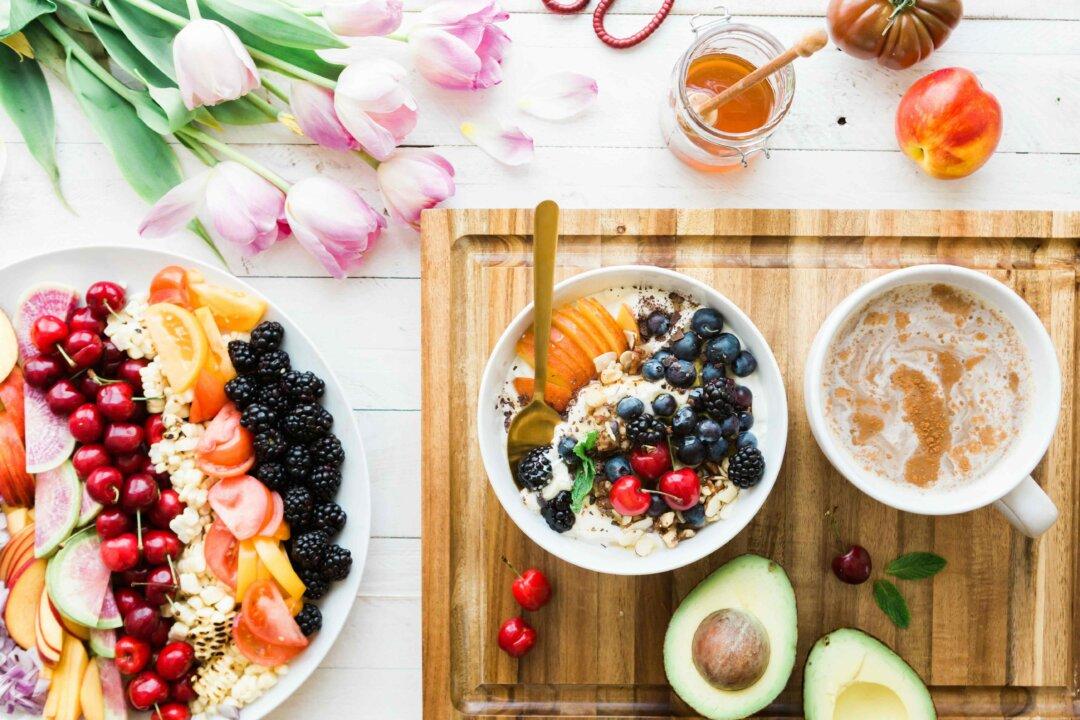As a family doctor in Hawaii in the early 2000s, Dr. Cate Shanahan felt a growing disconnect between public health messaging and the problems she was actually seeing in her patients. Amid widespread cheers for the merits of a low-saturated-fat, low-cholesterol diet—what she’d been taught was right—she noticed that with each generation, people were becoming less healthy. She saw grandmothers who were far healthier than their grandchildren.
“This struck me as really bizarre,” said Dr. Shanahan, a biochemist turned physician. “So I started looking into nutrition. I started making connections about what was really going on.” Her research honed in on seed oils, which she’s come to see as “the worst of the worst” when it comes to harming our health. These highly processed oils, which can make up as much as 30 percent of a person’s daily calories, originated as industrial by-products, she explained: “They were never originally designed to be consumed by humans. There’s nothing else in the food supply like them.”





